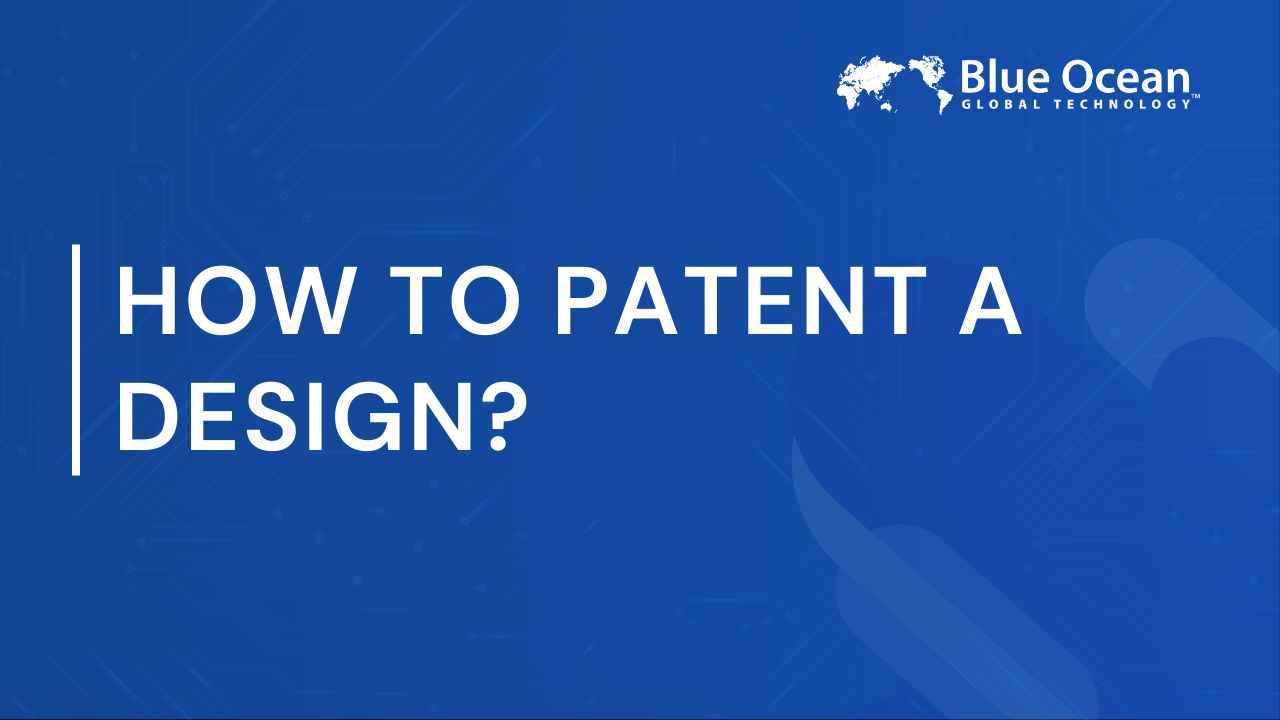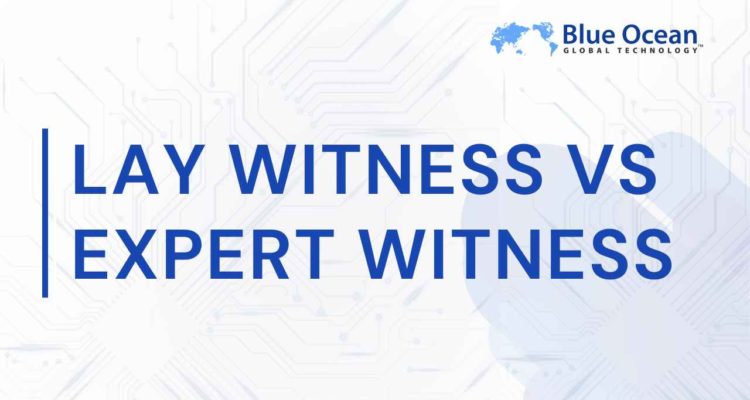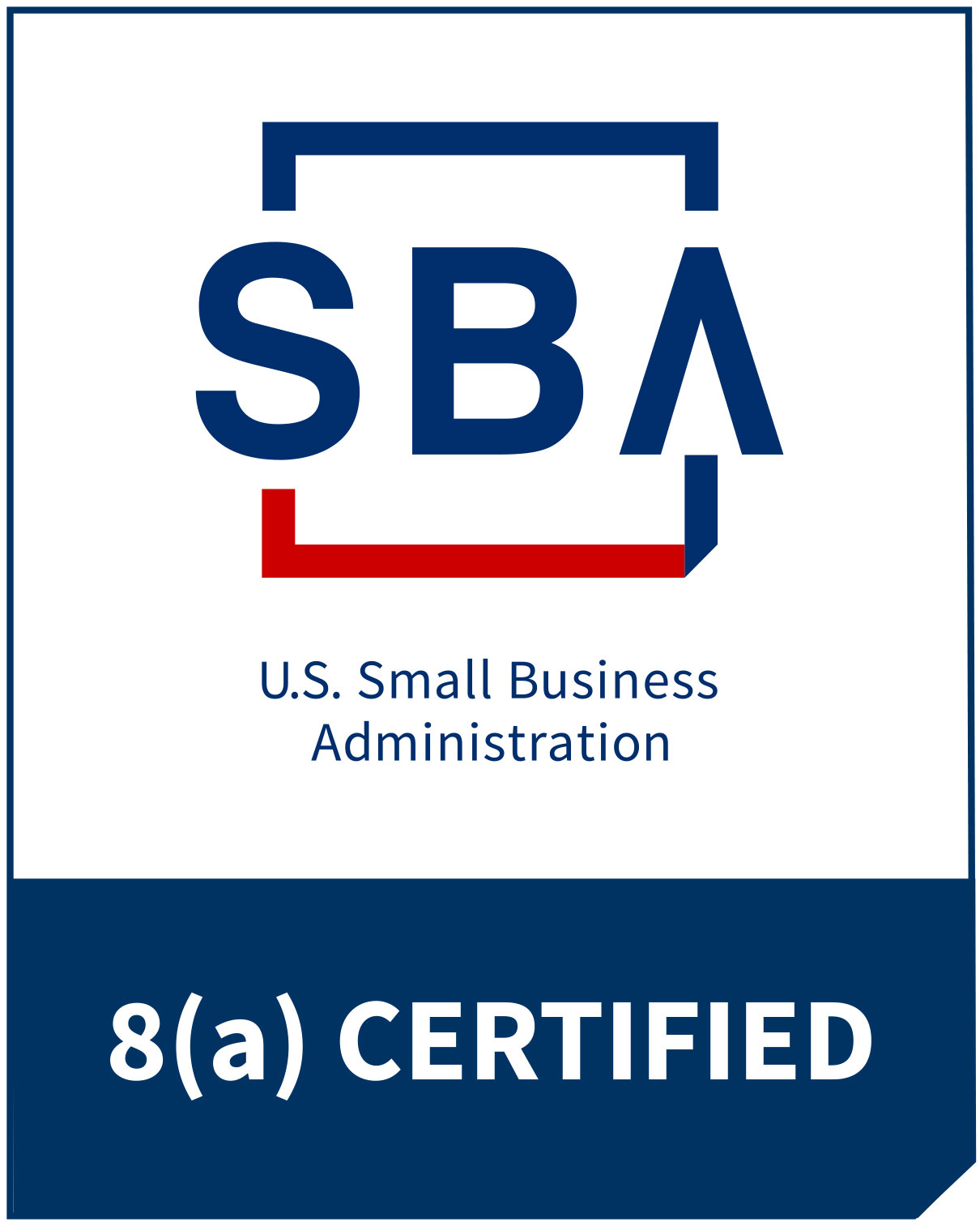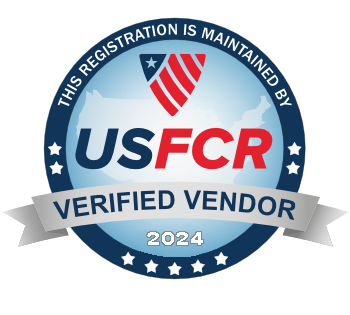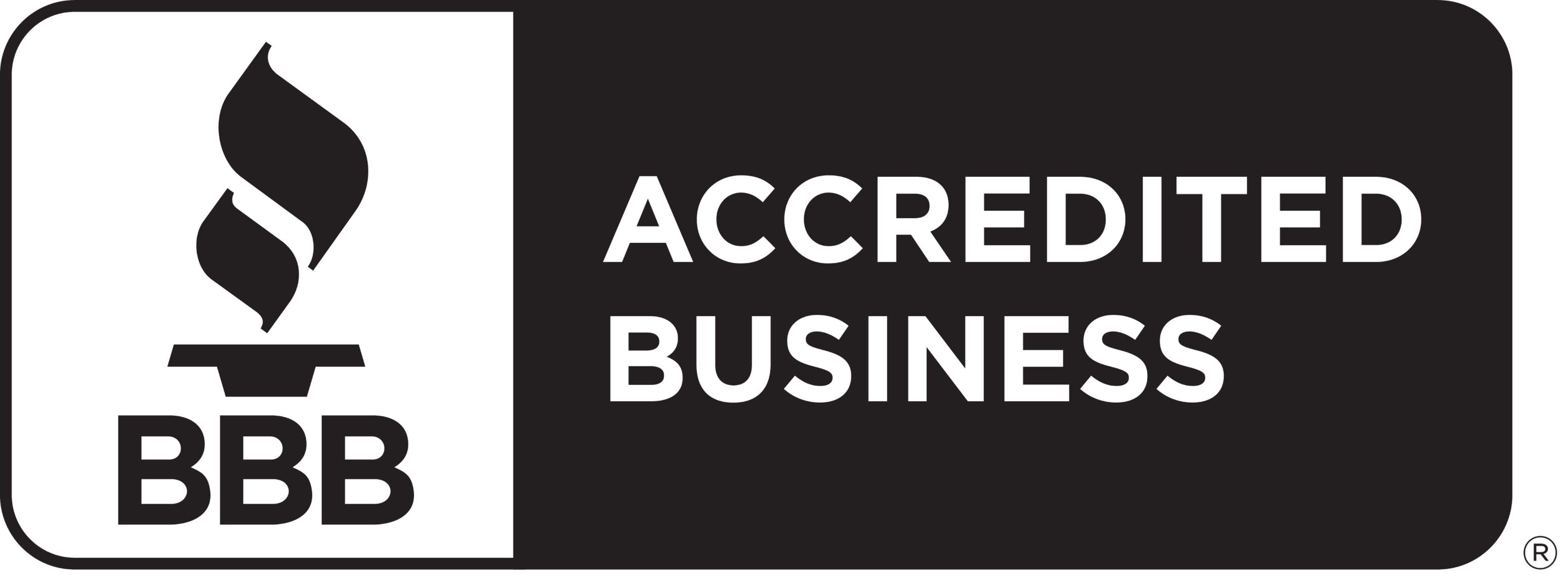Designs are much more than drawings on paper. They can be a part of a brand’s identity. Or, a unique selling point for a product. In short, designs have economic value and need to be protected against duplication. This article solves the mystery of ‘how to patent a design?’ for newcomers in the field of design commerce.

Understanding Design Patent
A manufactured article might have a unique functionality, a distinctive design, or a rare formula that makes it patentable. If an invention has an extraordinary visual appearance, its inventors can protect its unauthorized replication with a design patent.
Design patents cover visual or physical aesthetics that are embodied in or applied to the article of manufacture. Once an inventor receives a patent over their design, they can profit using their exclusive right to determine the duplication. Even the usage or sale of the unique configuration is under the control of the inventor.
For example, Coca-Cola has a patent over the shape of its glass bottles. The shape of the bottle, even without a label, helps customers to identify the soft-drink with Coca-Cola’s brand. Thus, a design patent allows Coca-Cola to maintain its brand identity in a sea of soft drink brands.
However, patents are not cheap. Inventors and businesses might get confused between design patents and utility patents, and fumble in the patent application process. This article resolves most asked queries that one might face in the process of filing a patent.

Design Patent v. Utility Patent
A design patent protects the visual or physical configuration of the article and a utility patent protects the article’s functionality.
A utility patent has a wider scope of protection and can protect more than one characteristic of an article. On the other hand, a design patent can only protect its appearance. However, it is easier and much cheaper to get the latter than the former.
The application process for a utility patent is more time-consuming and expensive. For utility patents, Inventors need expansive prior art research. Moreover, they have to file uncountable documents to broaden the scope of the patent’s protection. Inventors are still likely to encounter numerous rejections without any guarantee of receiving the patent in the end.
Contrastingly, design patents may be cheaper and quicker to achieve. Unfortunately, if the design has a functional characteristic, it won’t be protected by it.
For instance, Coca-Cola owns a design patent for the structure of its glass bottles. But this does not protect the design of their anti-tamper bottle caps. Since the cap’s configuration serves a function, it can only be protected with a utility patent.
Each product comes with its own set of nuances. It is advisable to consult a patent attorney or expert before initiating the patent application process.
Patentability
Design patents can be sought for design when:
- The surface of the article has a unique visual ornamentation or configuration.
- The article itself has a distinctively unique physical shape.
Further, a design must be eligible on the following criteria to receive patent protection:
- It is completely distinct from prior art.
- It shares no obvious resemblance or appears to be derived from existing designs.
- It can be visually perceived when the article is put into its intended function.

Patent Application Process for Designs
If the design qualifies the aforementioned conditions, businesses or inventors can begin to strategize their patent application and registration process.
Applicants can file either a provisional or non-provisional application. The former provides temporary protection to the design till finalization of its details. Whereas the latter can be availed if the design and its documentation are ready for patent examination scrutiny.

Required Documents for Application
Design patent application essentials are listed under 37 CFR § 1.154 “Arrangement of application elements”. The mentioned elements are:
- Design Application Transmittal form
- Fee transmittal form
- Application data sheet
- Specification
- Drawing or photographs
- Inventor’s declaration
The specification is the most important document as it will set forth the design’s characteristics and argue for its patentability. Enlisted below are details that are required to be included:
- Preamble (contains applicant’s name, design’s title, and brief description)
- Cross-reference to related application
- Statement disclosing federally sponsored research/development
- Description of figures present in the drawing
- Feature description
- A single claim
Facing Difficulties in Filing Your Design Patent?
Our experts are here to save the day! Blue Ocean Global Technology’s team offers personalized patent application support to address all your needs.
Step-by-Step Process for Patent Application
-
Patent Search
Ensure that there is no already existing patent for the concerned design. Use the website of the United States Patent and Trademark Office (USPTO) or avail the assistance of a patent attorney/expert.
-
Application and Fee Payment
Check whether the application form is filled in and essential documents are attached properly. Make the payments as prescribed in USPTO’s Patent Fee Schedule.
-
Application Examination
The examiner will conduct analysis of the correctness of the application, patentability of the design, payments and availability of all documents. Applicants work closely with the examiner at this stage and are allowed to explain their case. They can also ask for reconsideration or revise their application to fix the flaws.
-
Appeal (optional)
If the examiner rejects the application, the applicant can file for an appeal before the Patent Trial and Appeal Board.
-
Grant of Patent
Once the application is approved, a Notice of Allowance is sent to the applicant. The notice will specify the issue fee and publication fee required for the grant of a patent. These fees have to be paid within three months from date of notice issuance or the application is deemed abandoned.
-
Patent Certificate and Publication
Upon receiving the payment, a formal patent certificate is sent to the applicant/their patent attorney. Review the patent to check for errors. If errors are found, file for a Certificate of Correction. Applicants can also check the status of their patent on USPTO’s website with their application number.
USPTO has begun issuing patent grants (eGrants) electronically for patents that have been issued post 18th April 2023.
The application process can take from one-three years depending on complexities that may arise during the examination stage.

Design Patent Application Fee
The fee consists of:
- Cost of obtaining a professionally made drawing
- Patent attorney fee (if hired)
- Application fee
- Patent search fee
- Examination fee
- Patent issue (and publication fee, if necessary)
Applicants can base their decision to file the application on the estimate that the whole process will cost around $2000. For better understanding of the fee structure, reference can be made to USPTO’s Fee Schedule.
Conclusion
In a competitive market where all products have multiple and interchangeable substitutes, designs play a substantial role in retaining customers. It adds identity to the brand and allows customers to locate the original manufacturer. Therefore, it has become quintessential to patent the element that sets a brand aside from the rest.
Inventors, designers and businesses should seek to learn more about the patent application process. If one wishes to keep their design from getting copied, they should not skip this step.
Frequently Asked Questions
1. How long does it take to get a design patent in the US?
It is usual for a design application to take one to three years to receive final approval.
2. What is the life of a US design patent?
Design patents provide protection for fourteen years from the date of the patent grant.
3. What are 3 examples of design patents?
Design of jewelry and furniture, unique packaging of products, and fonts are three examples of design patents.
Protect What Makes You Unique
Reach out to us today to get expert assistance in patenting your brand’s design.

